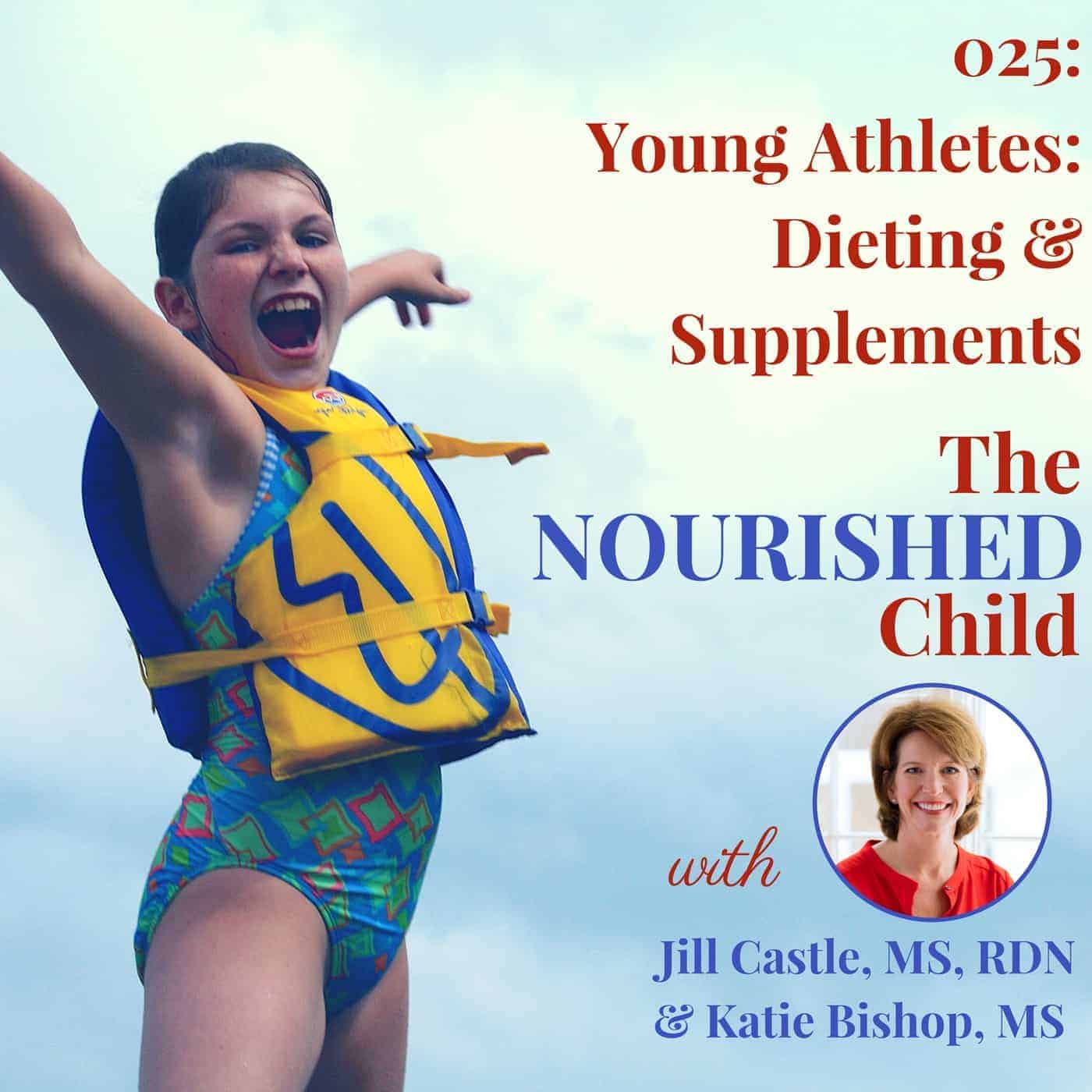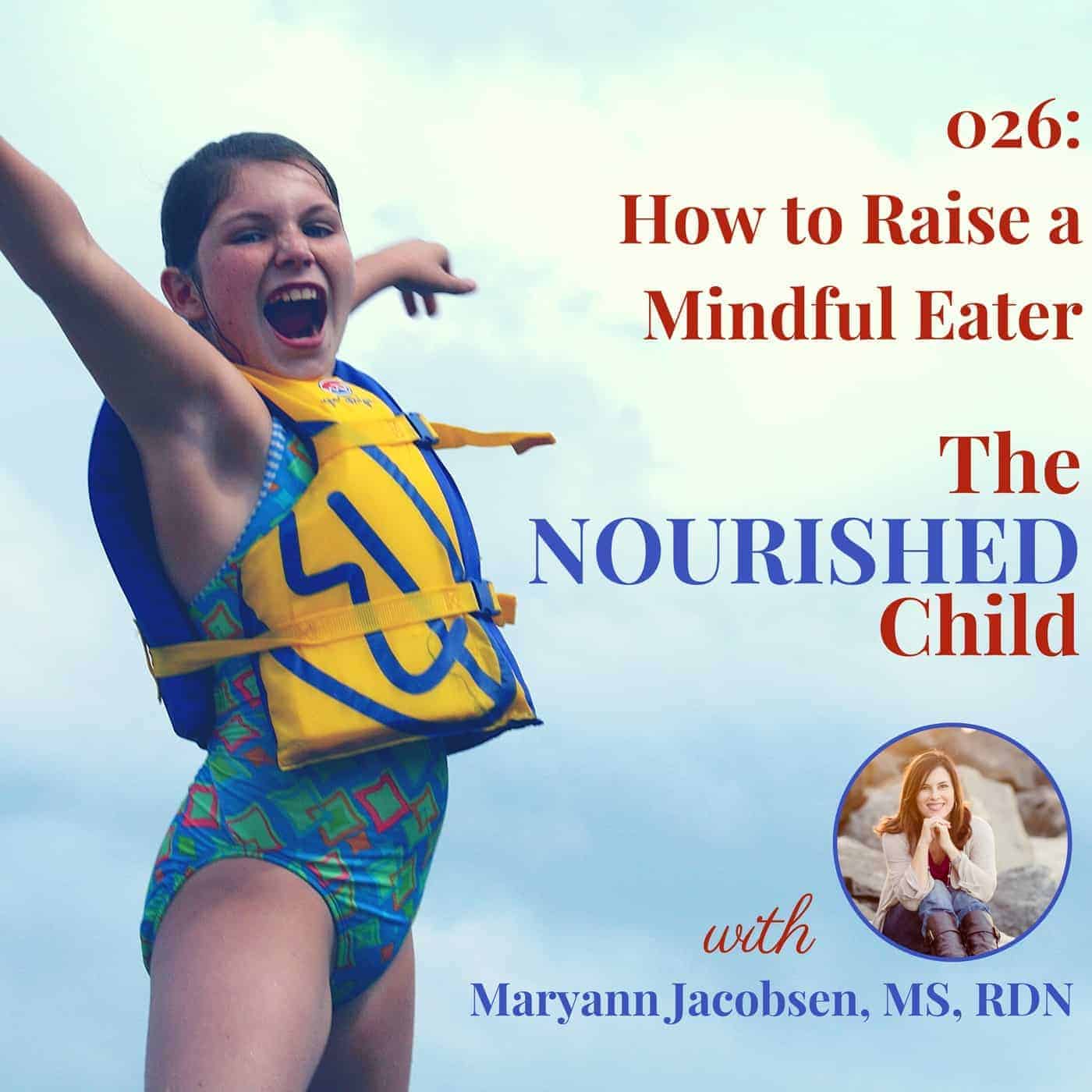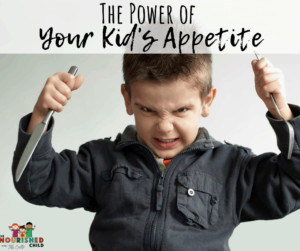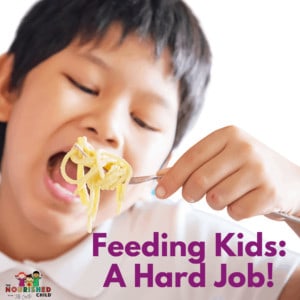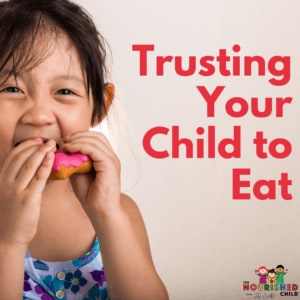Why is Breakfast Important for a Child?
March 1, 2017
Why is breakfast important for a child? Learn why breakfast for kids is important for learning, focus and behavior in the classroom.
It bothers me when kids skip breakfast. Unfortunately, breakfast is often lost on kids and teens. Did you know that half of all teens do not eat breakfast?
Eight to twelve percent of grade school kids skip it too.
As a pediatric dietitian, I know what’s at stake. For one, the school-age years are important habit-forming years, as well as a time of steady growth.
The teen years showcase a big growing season and signal a high demand for calories and nutrients, often reflected in an insatiable appetite.
Kids are Skipping Breakfast
Skipping breakfast places kids and teens at a nutritional disadvantage. Studies have shown that kids who skip don’t do a good job of making up the missed nutrients later in the day.
Skipping can also make kids and teens feel hungrier later on, which may encourage unhealthy food choices.
I understand why teens skip breakfast. It wasn’t that long ago when I was a teen myself.
I remember the hustle to get out of the house and the lack of hunger I felt in the morning.
My own teens give me plenty of reasons why they are inclined to skip breakfast. Not only do they say they have no appetite, but they’re also not in the mood to eat.
They feel rushed to get out the door, or are just preoccupied with what the day ahead at school has in store.
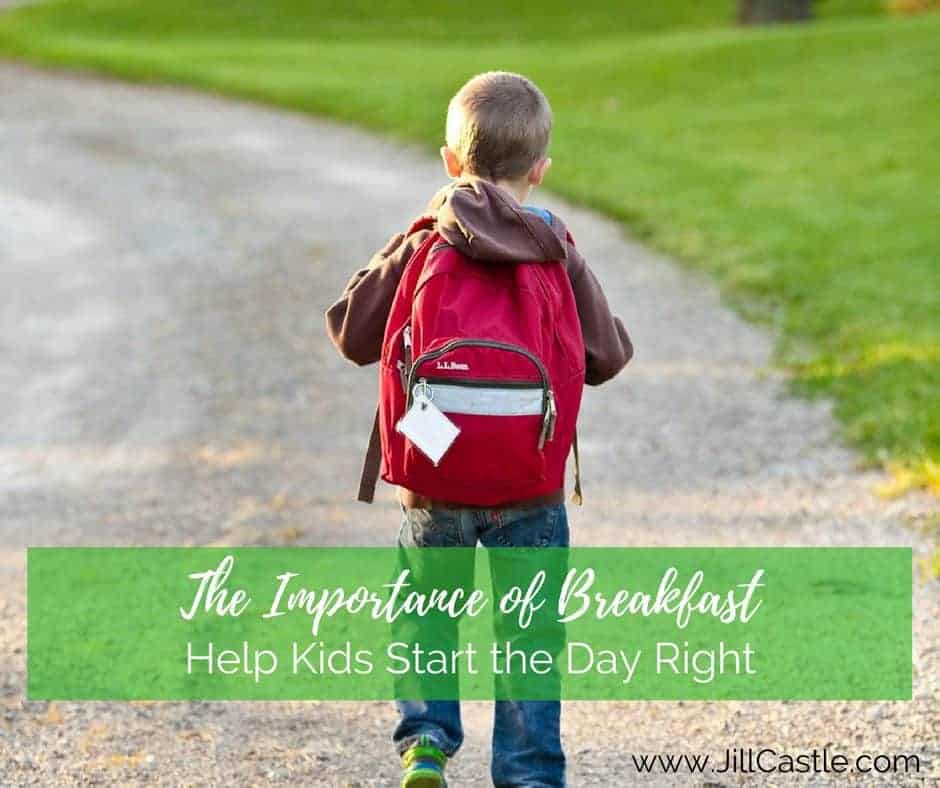
The Importance of Breakfast
As a pediatric dietitian, I cannot ignore the importance of breakfast and the compelling reasons for eating it. I feel those outweigh the arguments against it.
When kids and teens eat breakfast:
- They are less likely to be tardy to class
- They have lower absentee rates
- They have better diets, overall, especially meeting key nutrients
- They get better grades, especially in math
- They visit the nurse less frequently (they are healthy, not ill)
- They have fewer behavior problems
- They are better able to regulate their appetite throughout the day (and less likely to overeat)
Knowing this doesn’t necessarily solve the challenge of a resistant breakfast eater. You may need the support of a few strategies to help encourage your child to get the most important meal of the day.
How to Help Kids Eat Breakfast
I’m not always excited to make a breakfast for my kids early in the morning myself, so I use a few strategies when my motivation is low.
1. Get Up Earlier
Not only do I get up earlier, I try to get my kids up a bit earlier too, to create more space for a quick breakfast. Even rising 5 or 10 minutes earlier can ease the breakfast scramble.
I love to serve breakfast the easiest way I know!
2. Prep the Night Before
Preparing the night before may seem like tired advice, but it works! Do it once and you will be amazed at how it reduces stress in the morning.
Several breakfast options work well if prepared the night before, such as overnight oats, fruit and yogurt parfaits, hard-boiled eggs, or simply setting your breakfast table with shelf-stable items such as cereal, bread and fruit.
How nice to only pull out the milk jug in the morning!
3. Make Ahead & Freeze
I try to make breakfast foods in bulk and freeze them for later. The weekend is a good time to do this, as I have more time to cook and bake.
Homemade pancakes, waffles and French toast all freeze well and are quick to re-heat. Homemade muffins, quick breads or baked scrambled egg muffins are healthy, homemade, and keep well in the fridge or freezer, also.
Check out these make ahead recipes!
4. Assemble Grab and Go Items
The smoothie is one of my go-to grab and go breakfasts. I throw frozen fruit, high protein Greek yogurt, milk or 100% juice into a blender, sprinkle in some flax meal or Chia seeds and blend.
There are many other items that travel well: a bagel with cream cheese, a toasted nut butter sandwich, or a high protein granola bar.
[Got a granola bar lover? Check out our Guide to Granola Bars for Kids]
5. Send a Hefty Snack from Home
Not every child wants to get up and eat first thing. Some kids need to move around and build an appetite.
Send along healthy options your child can keep in the locker or backpack. Some of my favorites include trail mix, nuts, jerky, dried fruit, granola bars, dry cereal, and milk boxes.
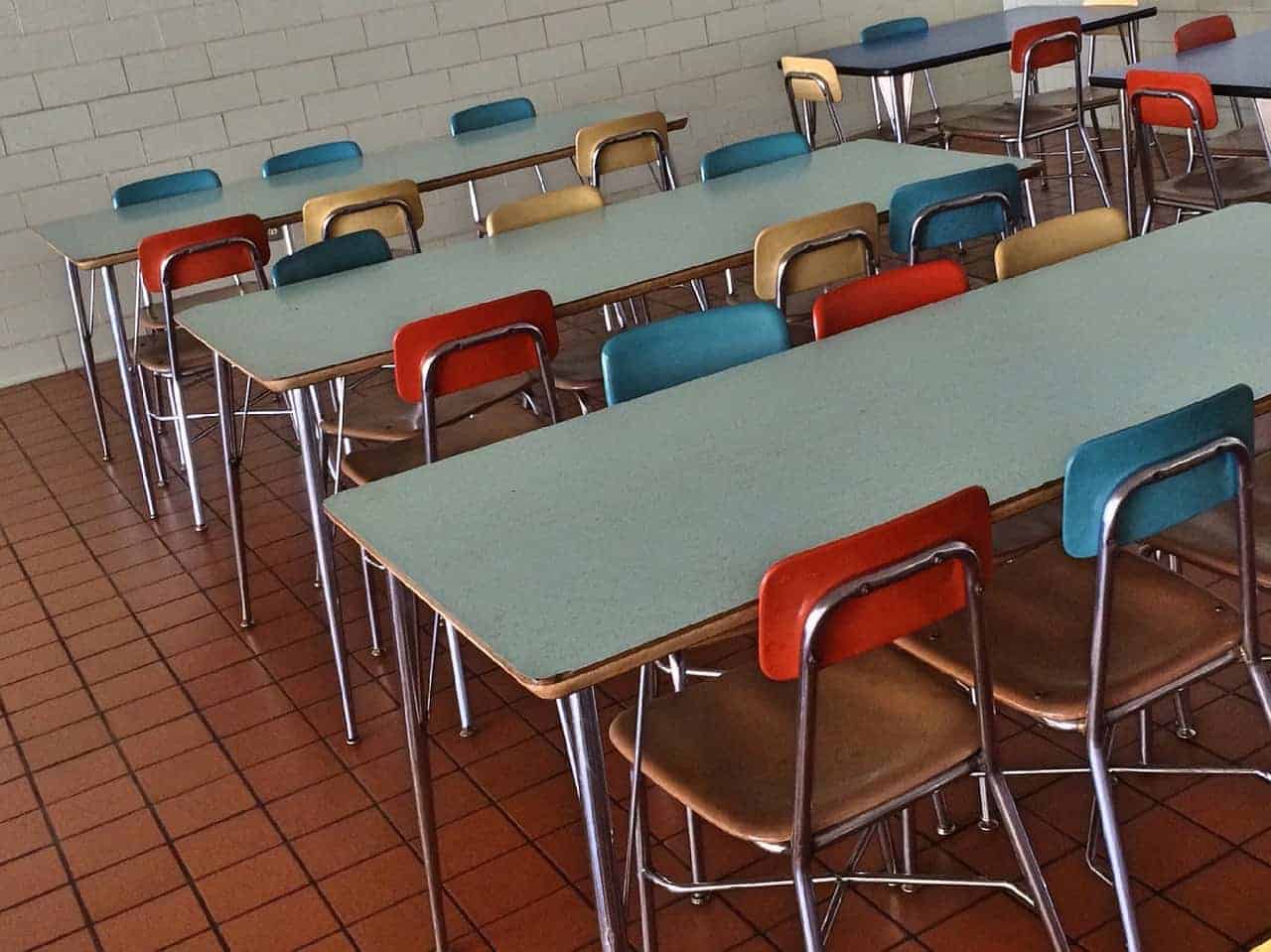
School Strategies to Help Kids Eat Breakfast
If the home strategies aren’t working for your family, use the breakfast options at school to ensure your child eats early in the day. Breakfast is always offered at my kids’ high school, and my children often opt for a breakfast sandwich, even in addition to the breakfast I serve them here.
(Hello, teen age growth spurt!)
I’m not worried about too much food. Recent research has suggested that kids who eat breakfast at home and at school (ie, two breakfasts) were no heavier than those who ate no breakfast at all.
In fact, breakfast skippers were twice as likely to be overweight than those students who doubled up on breakfast.
Other research touts the importance of breakfast and its effectiveness by front-loading the day with a hefty breakfast that includes protein as an effective way to moderate fat gain and appetite regulation.
More and more, schools are catching on to the importance of nutrition to students’ academic performance, better behavior and attention in the classroom.
As such, breakfast programming, including Breakfast after the Bell, has gotten more creative and flexible with options to help students get the nutrition they need while overcoming the barriers that prevent eating breakfast.
Three school breakfast models exist and include “Grab and Go” Breakfast, Second Chance Breakfast and Breakfast in the Classroom.
1. Grab and Go Programs
These programs offer breakfast options on a mobile cart so that students may grab breakfast on their way in to school or before classes begin. The set up varies from school to school, ranging from bagged, pre-assembled breakfasts to pick and choose a la carte style breakfasts.
Grab and Go programs have typically been associated with reimbursable meal programs and encourage nutritious meals for students while at school.
2. Second Chance Breakfast
Just like the name implies, a Second Chance Breakfast typically offers breakfast in a designated location between first and second periods.
3. Breakfast in the Classroom
Breakfast in the Classroom allows all students—no matter their income level—a place to eat breakfast after the bell, and while in the classroom.
Kids either grab breakfast off a cart outside of the classroom or they pick it up in the cafeteria and bring it to the classroom. They eat during class so no instructional time is lost.
Let’s Help Our Kids Eat Breakfast
What I love about the breakfast at school movement is that it is all-inclusive. Any student can get breakfast at school if there is a program in place or a cafeteria in operation (and if there isn’t, this would be a good cause to get behind!).
Whether a student is late getting out the door or just isn’t hungry for breakfast until later or doesn’t have the opportunity for breakfast at home, breakfast at school can save the day…and make a difference.
Of course, I want you to encourage your child or teen to understand the importance of breakfast. I also encourage you to try out strategies to help your child start the day on solid footing, especially these home and school strategies.
Ensure your child starts the day with a brain and body that is energized and fueled!
Which breakfast strategies work (or not) for your child?
This post was created in partnership with the dairy farm families of New England. I was compensated for this post and all opinions are my own.
For information about the dairy farm families of New England, school nutrition, and health and wellness topics, please visit New England Dairy & Food Council and Must Be the Milk.


